Places to visit in Panaji
The capital of Goa, is a blend of Portuguese heritage, lively markets, and scenic riverfronts. Known for its colorful Latin quarters, historic churches, and relaxed vibe, the city offers a perfect mix of culture and leisure. From strolling along the Mandovi River to exploring nearby beaches and forts, Panaji is a gateway to experiencing Goa’s timeless charm.
Wiki Link: Places to visit in Panaji
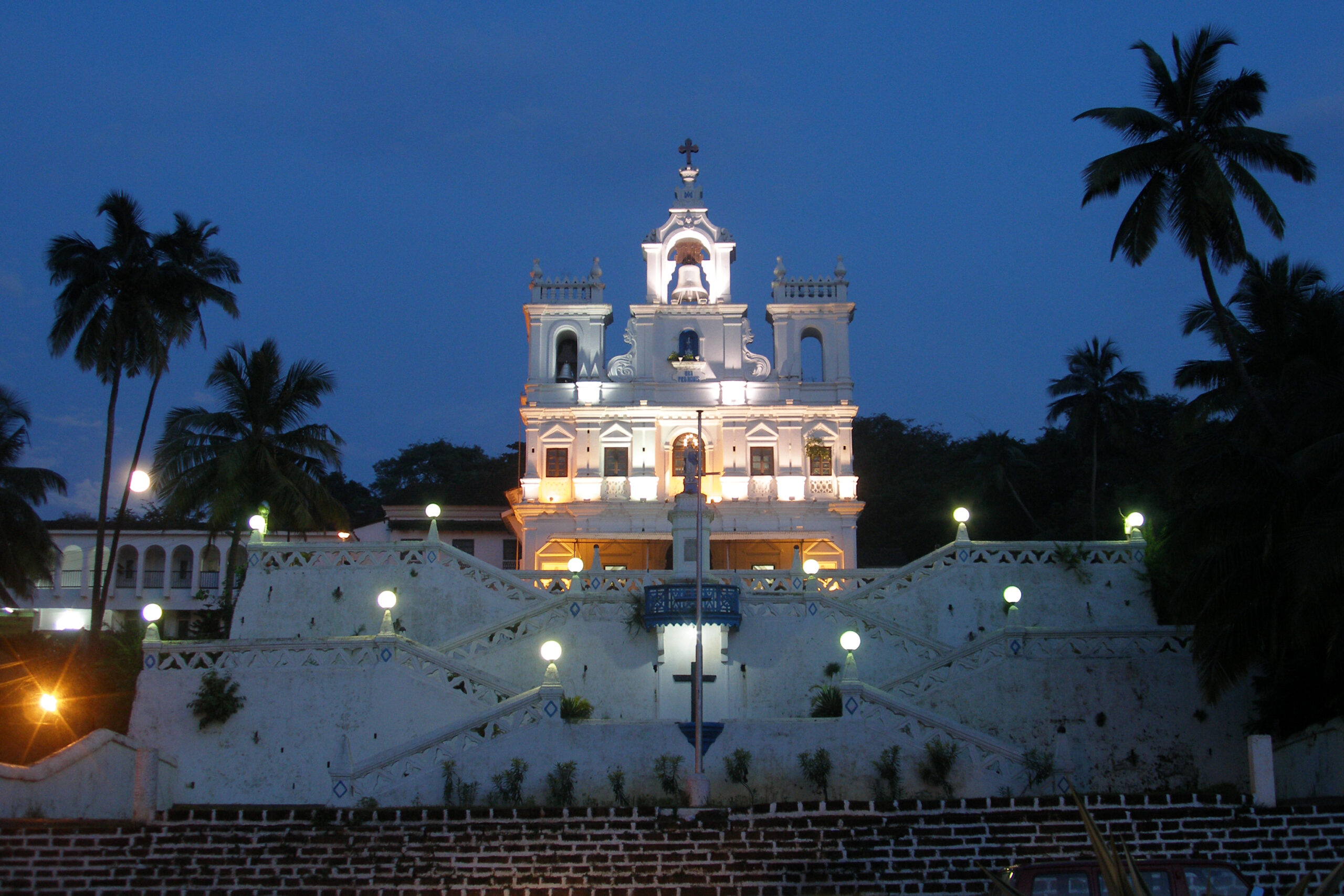
Church of Our Lady of the Immaculate Conception
One of Panaji’s most iconic landmarks, built in 1609. With its gleaming white façade, elegant Portuguese-style architecture, and grand staircases, it is often compared to Lisbon’s churches. Inside, the richly decorated altars and the revered statue of Mother Mary attract devotees and visitors alike.
The annual Feast of the Immaculate Conception in December adds vibrant celebrations and illuminations to the church. Its hilltop location offers a serene setting, making it a must-visit in Goa’s capital.
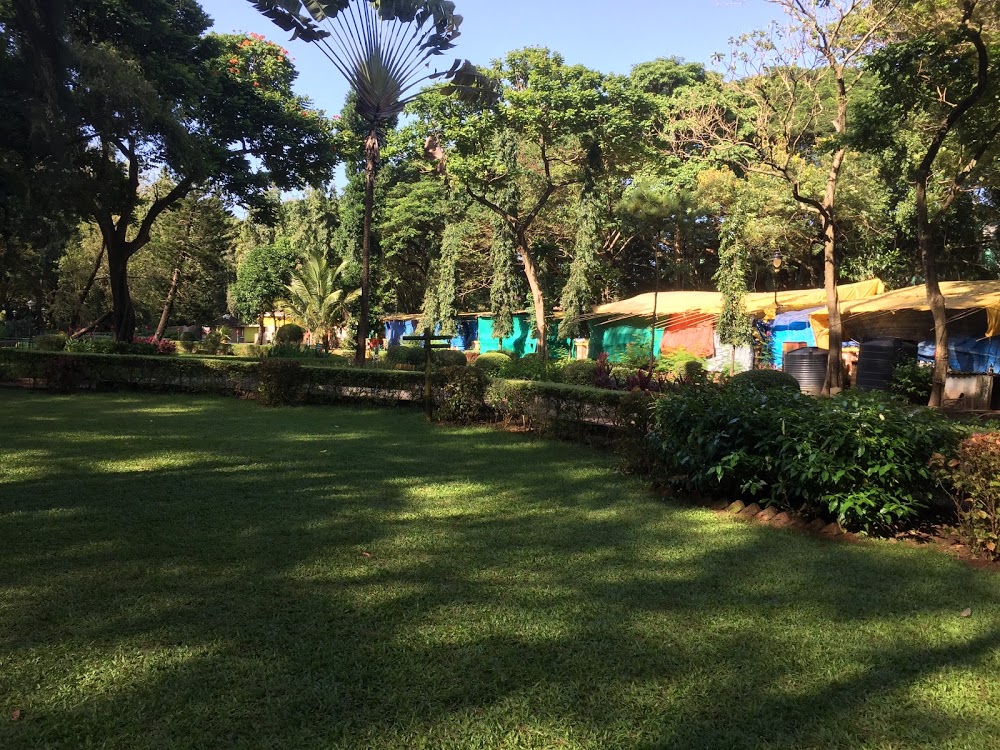
Campal Gardens
A peaceful spot for evening walks, picnics, and family outings, offering greenery and river views.
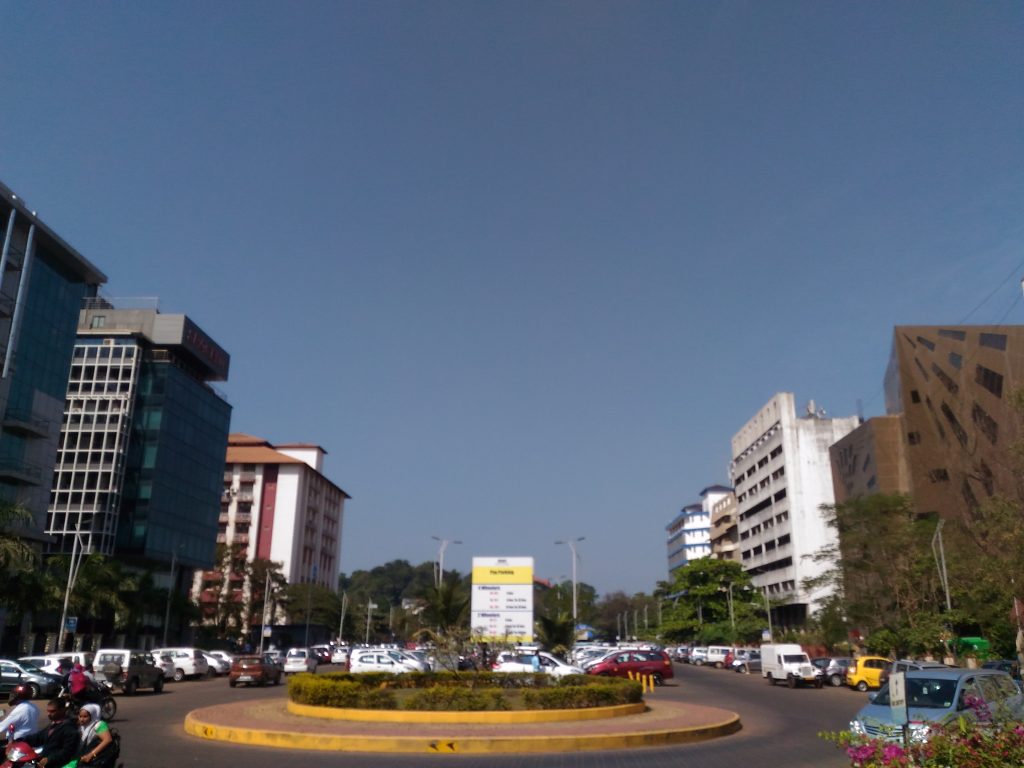
Patto Plaza
Known as the modern side of Panaji, this area is full of shops, hotels, and offices, making it a great place to experience local life.
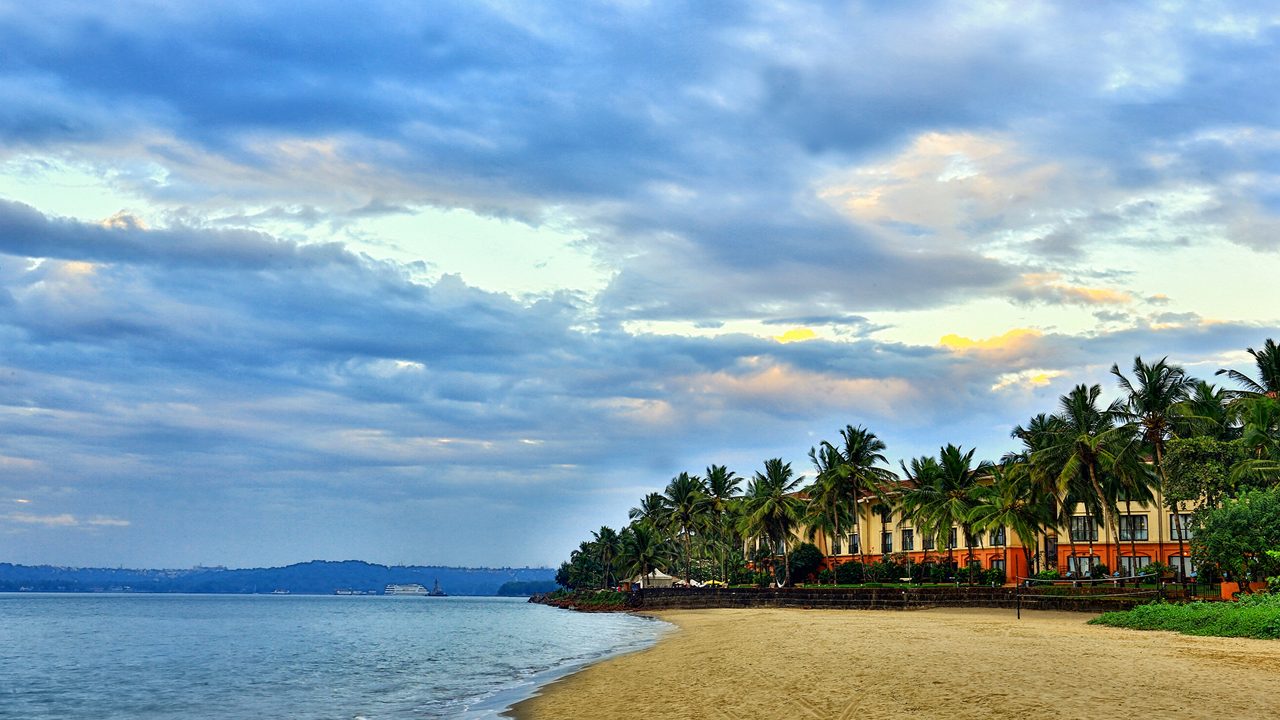
Miramar Beach
A popular city beach perfect for evening strolls, sunsets, and a quick escape from the bustle of the city.
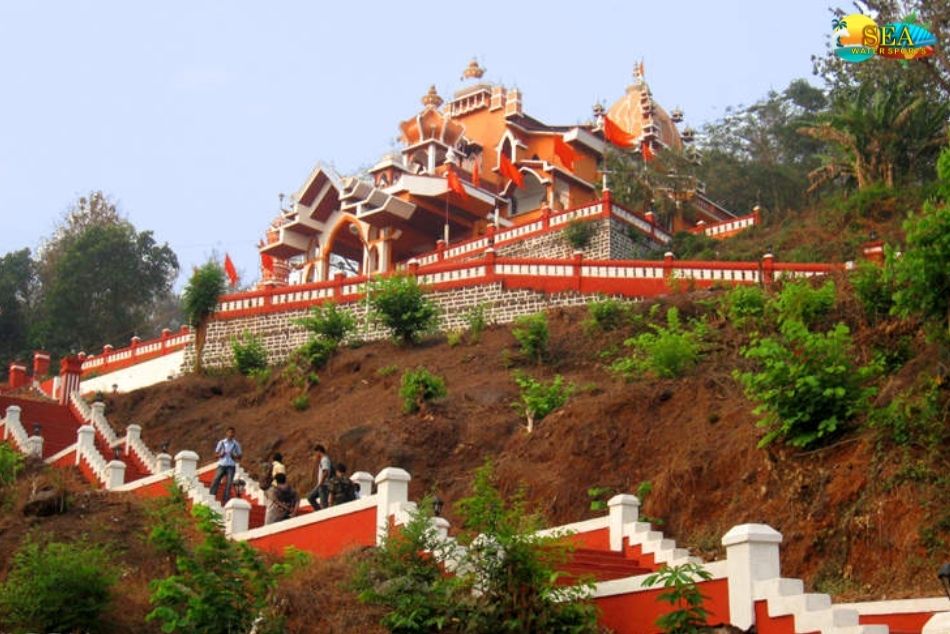
Altinho Hill
Known for its colonial mansions, churches, and government buildings, this area offers stunning city views.

Fontainhas Latin Quarter
Known for its colorful Portuguese houses, narrow cobbled lanes, and heritage buildings. Recognized as a UNESCO Heritage Zone, it reflects Goa’s unique blend of Indian and European cultures. Walking through its vibrant alleys feels like stepping back in time, with quaint art galleries, bakeries, and boutique homestays.
The neighborhood’s architecture, painted in pastel hues with red-tiled roofs, creates a postcard-like charm. Annual art and heritage festivals further bring this cultural quarter to life.
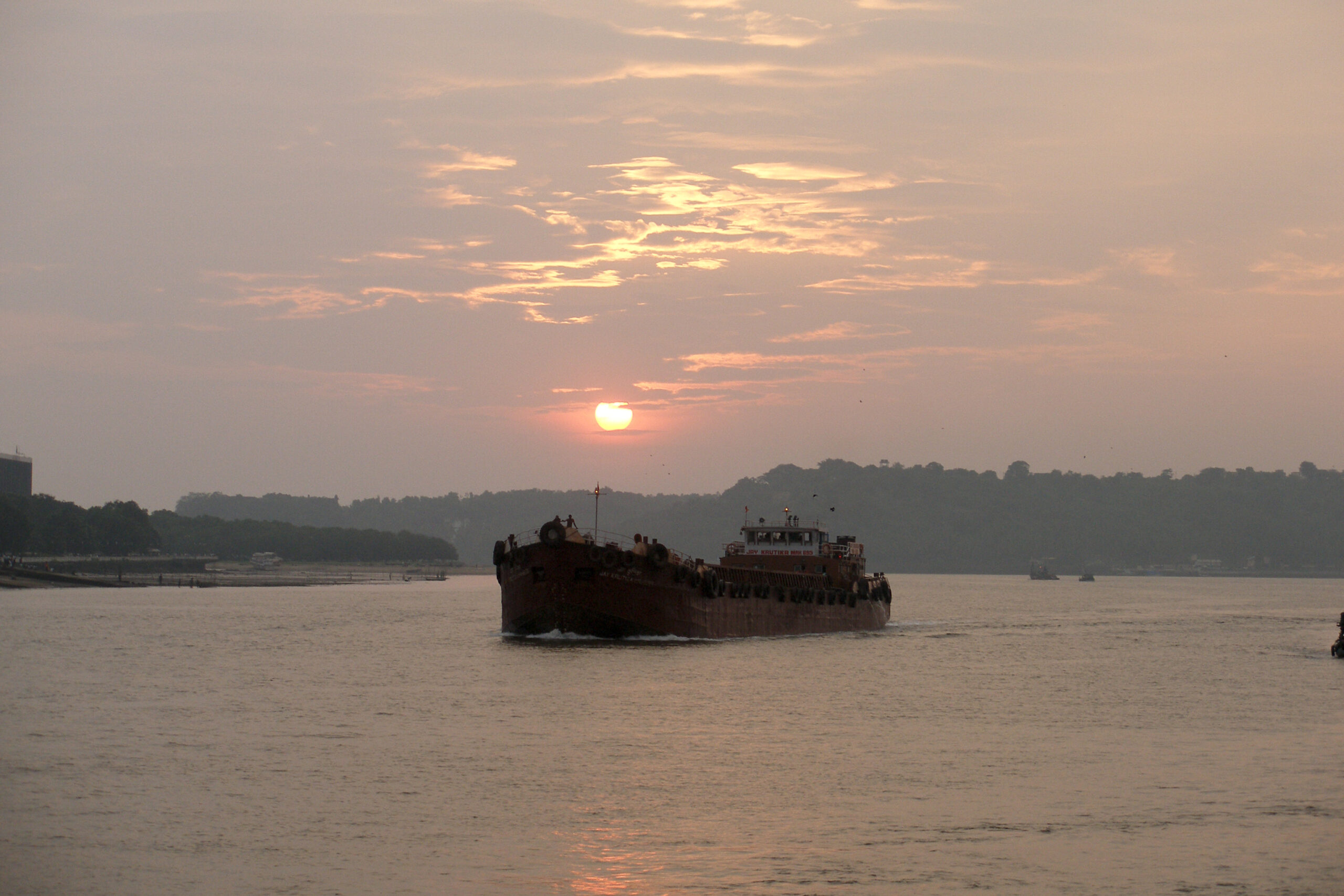
Mandovi Riverfront
The lively heart of Panaji, offering stunning views of the river and vibrant nightlife. Famous for its floating casinos, river cruises, and illuminated boats, it’s a hub for both leisure and entertainment. Sunset cruises with Goan folk music and dance provide an immersive cultural experience.
The waterfront is also lined with restaurants serving authentic Goan seafood, adding to the lively vibe. It’s the perfect spot to enjoy Panaji’s mix of tradition and modern leisure.

Goa State Museum
With over 8,000 artifacts, the museum narrates Goa’s history, art, and freedom struggle, making it a must-visit for history buffs.
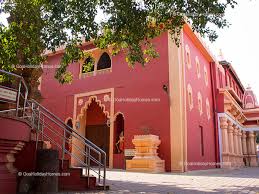
Mahalaxmi Temple
One of Panaji’s oldest temples, it is dedicated to Goddess Mahalaxmi, the family deity of many Goan Hindus.
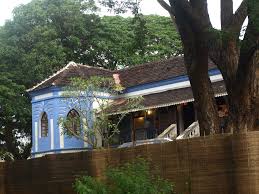
Sunaparanta Goa Centre for the Arts
A vibrant space for art lovers, featuring contemporary exhibits, workshops, and cultural events in a serene Portuguese-style villa.

Kala Academy
Premier cultural center, designed by the legendary architect Charles Correa. Surrounded by lush gardens and the Mandovi River, it serves as a hub for performing arts, exhibitions, and cultural festivals. The campus hosts music concerts, dance recitals, theater performances, and film screenings, showcasing Goa’s rich artistic traditions.
Its open-air amphitheater and art galleries provide a perfect stage for creativity. A visit here offers travelers a chance to witness Goa’s vibrant artistic spirit beyond its beaches.
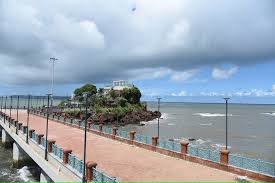
Dona Paula Viewpoint
A picturesque coastal spot offering panoramic views of the Arabian Sea and the confluence of rivers Zuari and Mandovi. Steeped in local legend, it is often called the “Lovers’ Paradise” of Goa.
The rocky outcrop and scenic jetty make it a popular destination for photography and evening strolls. Water sports like jet skiing and kayaking are also available nearby. The sunset from this viewpoint is one of the most romantic experiences in Panaji.
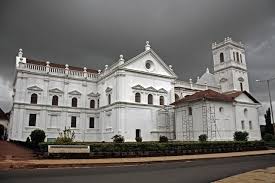
Se Cathedral
One of the largest churches in Asia, known for its Portuguese-Gothic style and religious significance

Basilica of Bom Jesus
Famous for housing the mortal remains of St. Francis Xavier, this church is a must-visit.
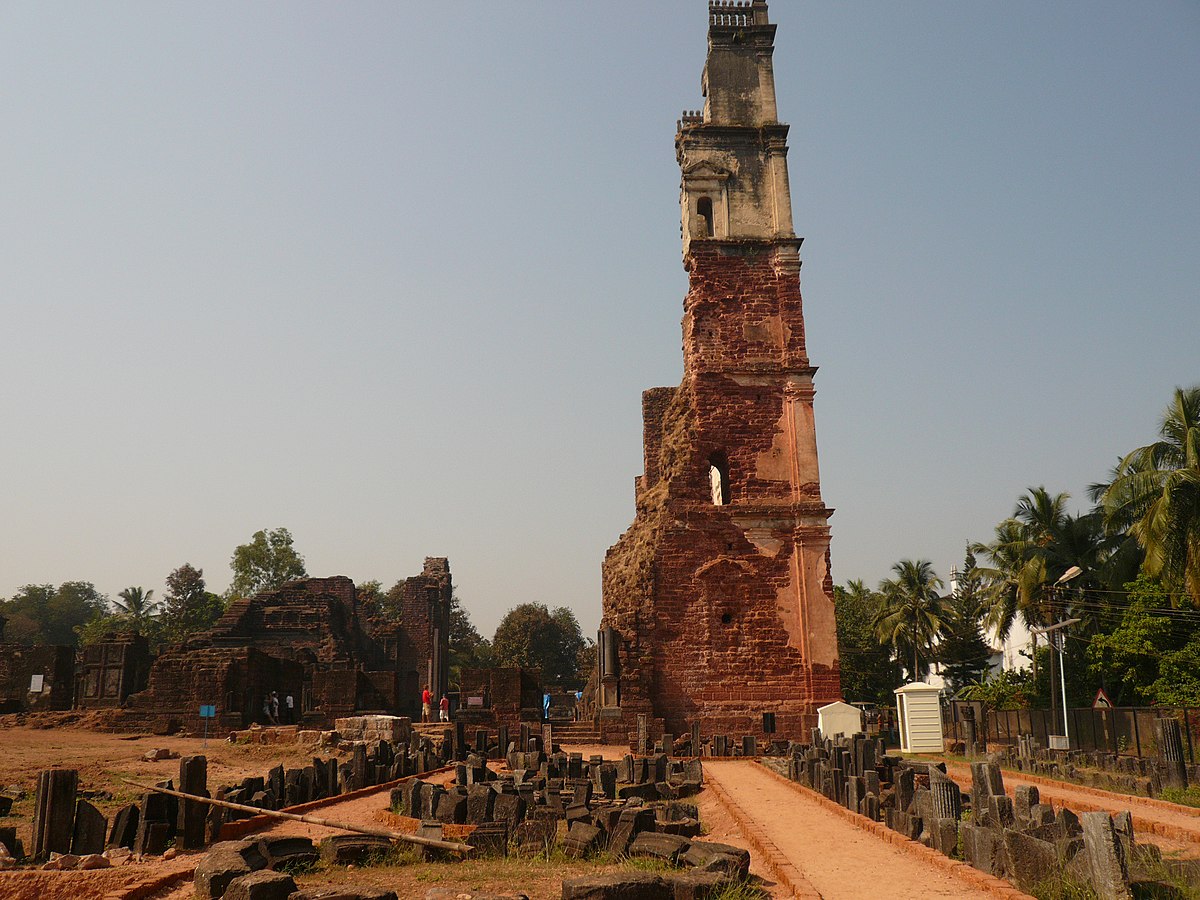
St. Augustine Tower
A UNESCO site with the remains of a once-grand church, now a striking ruin.

Divar Island
A serene island with Portuguese-era churches, villages, and ferry rides.
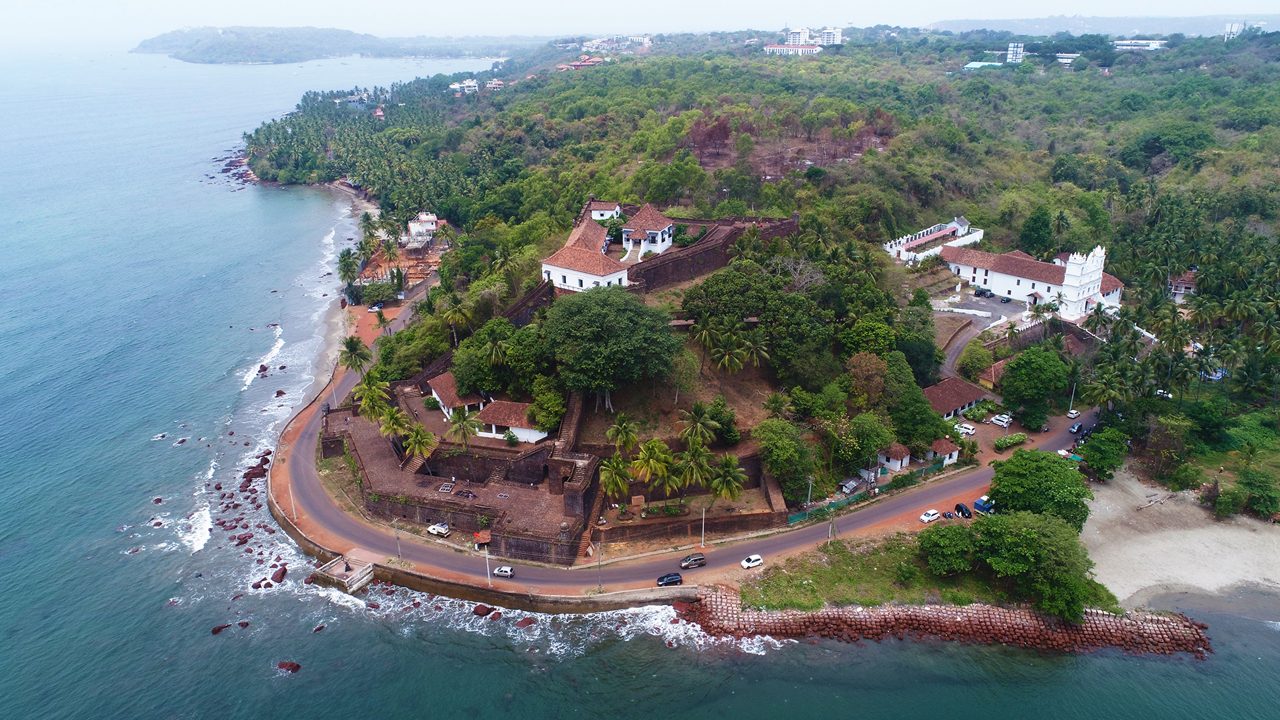
Reis Magos Fort
One of Goa’s oldest and most well-preserved forts. Strategically located on the banks of the Mandovi River, it once served as a defense fortress, prison, and later, a cultural hub. Restored to its former glory, the fort now houses a museum showcasing Goa’s history, art, and traditions.
Its bastions and ramparts offer sweeping views of Panaji and the river. The fort beautifully combines heritage with storytelling, making it a top historical attraction.

Candolim Beach
Known for its golden sands and water sports, it’s a quieter alternative to Baga and Calangute.

Calangute Beach
Called the “Queen of Beaches,” it is popular for water sports, nightlife, and shopping.

Baga Beach
Famous for shacks, nightlife, and water sports, making it a hub for party lovers.

Aguada Fort
Constructed in 1612 by the Portuguese, stands majestically overlooking the Arabian Sea. It was once a crucial defense structure against Dutch and Maratha invasions, as well as a freshwater supply point for passing ships—hence the name “Aguada,” meaning “water.” The fort complex includes a historic lighthouse, one of Asia’s oldest of its kind.
Today, it offers panoramic ocean views and remains a favorite for history buffs and photographers. Its enduring structure narrates tales of Goa’s colonial past.
Panaji Blogs
- Goa Cultural guide
- Places to visit in Panaji
- Places to visit nearby Panaji
- India’s most popular destination
- India’s archaeological marvels
Recommended articles
- Uttar Pradesh Cultural guide
- Places to visit in Varanasi
- Places to visit nearby Varanasi
- India’s most popular destination

